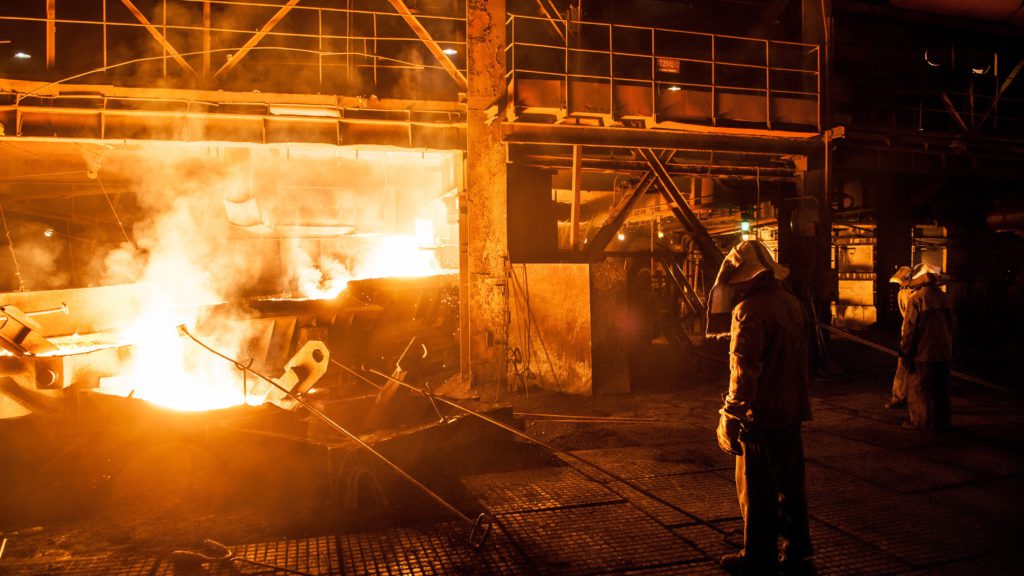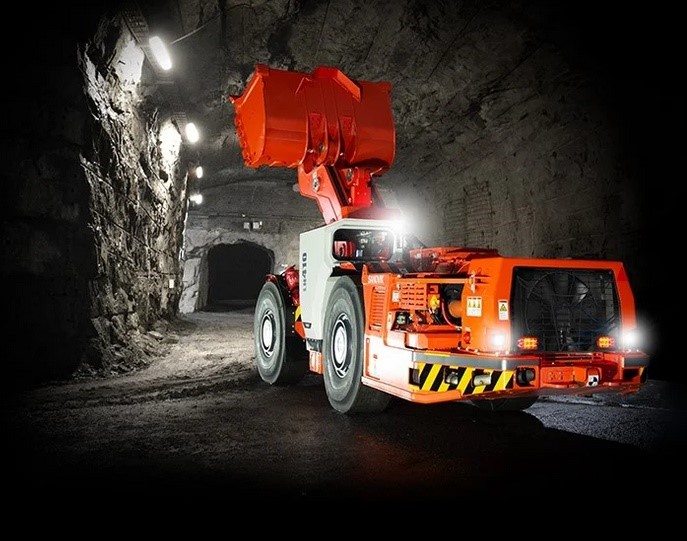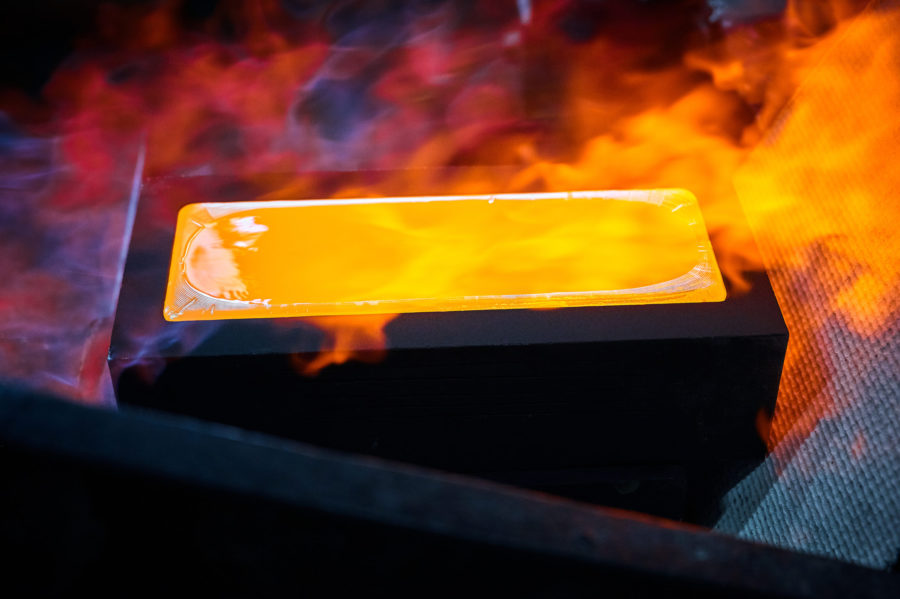Iron ore price slumps to 3-week low on weak China demand, strong global supply

Iron ore futures prices slumped to a nearly three-week low on Wednesday, undermined by weak seasonal demand from top consumer China and mounting global supply.
The most-traded September iron ore contract on China’s Dalian Commodity Exchange (DCE) ended daytime trade nearly 2.7% lower at 805 yuan ($110.78) a metric ton, the lowest since June 26.
The benchmark August iron ore on the Singapore Exchange was down 2.34% at $104.85 a ton, as of 0740 GMT. It hit an intraday low at $104.3 a ton, the lowest since June 28.
The fall in iron ore futures comes amid concerns of weak demand in China just as supply increases, ANZ analysts said in a note.
Property investment in China fell 10.1% in the first half of 2024 from a year earlier, and home sales by floor area declined 19%, official data showed.
Extreme storms that battered China’s southern region this summer are now shifting to the central and northern provinces.
Steel mills are maintaining low iron ore inventory with low purchasing enthusiasm, said Chinese consultancy Steelhome.
China’s June crude iron ore output was up 9.9% year-on-year at 96.62 million tons, data from the country’s National Bureau of Statistics showed on Wednesday.
BHP Group, the world’s largest listed miner, reported record annual iron ore production for a second consecutive year, helped by improved weather conditions and higher contribution from its South Flank operations in Western Australia.
Brazilian miner Vale SA expressed confidence that it would reach the high-end of its 2024 guidance for iron ore production after output increased in the second quarter.
The company said production of the steel-making ingredient in the June quarter rose 2.4% from a year earlier to 80.6 million tons.
Other steelmaking ingredients on the DCE lost ground, with coking coal and coke down about 1% and 2.1%, respectively.
Steel benchmarks on the Shanghai Futures Exchange fell. Rebar and wire rod shed about 1.5%, hot-rolled coil dropped 1.64%, and stainless steel ticked down 0.83%.
($1 = 7.2666 Chinese yuan)
(By Gabrielle Ng; Editing by Subhranshu Sahu and Sherry Jacob-Phillips)
More News
Sandvik says no tariff hit on demand so far, after profit miss
Swedish mining equipment maker missed quarterly earnings estimates on Wednesday.
April 16, 2025 | 08:54 am
Gold price surpasses $3,300 to new record as tariff war ramps up
April 16, 2025 | 08:07 am
{{ commodity.name }}
{{ post.title }}
{{ post.date }}




Comments